The Importance of Wellbeing Practices: Jonathan Hindle, KI
If the past 2 years have taught us anything, it’s that wellbeing in the workplace is one of the biggest issues the professional world needs to address.
[Find KI on the BCFA Product Finder]
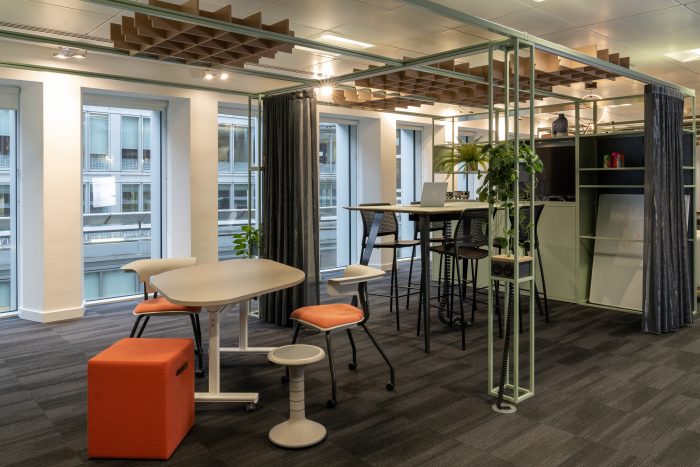
Unfortunately, it’s not a straightforward task, as there are multiple elements to think about. A good place to start is by using a psychometric tool like the Myers Briggs Type Indicator® (MBTI). This can help identify the personality types of each individual in order to understand how they may work at their best while at their most comfortable.
For example, those described as ‘introverts’ are more likely to prefer quiet spaces where they can concentrate on their work without distractions, whereas those seen as ‘extroverts’ might prefer environments where they can socialise and collaborate with ease.
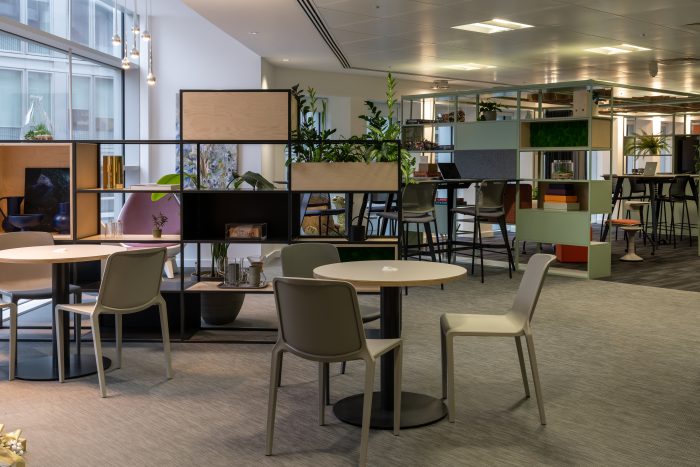
Using the MBTI can therefore help to identify how many of these types of spaces may be required so everyone can work in the best way for them. However, don’t forgot to include leisure spaces as these provide employees with somewhere to rest and recuperate during their breaks.
Other modern work initiatives include ‘hot-desking’ and ‘clear-desk’ policies. However, when KI collaborated with The Myers Briggs Company, they found that neither of these tactics were well received as the lack of personalisation of the space led to people feeling less engaged and connected to their environment.
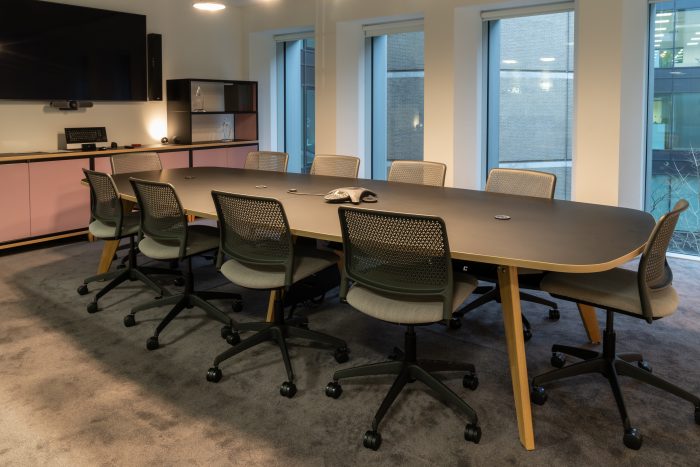
Furniture also has a big impact on wellbeing and productivity. Seating needs to be ergonomic and adjustable; desks should be sit/stand and spacious enough for non-computer-based work, and a range of acoustic solutions should be used. Screens, curtains and even storage units can aid in reducing sound pollution while creating partitions between different areas.

These sections can be identified through the use of artwork and décor. If the walls are bare and the colour scheme is bland, visitors and staff may feel a sense of unease, as if there’s a lack of commitment to the space, and thus form a negative view of your company.
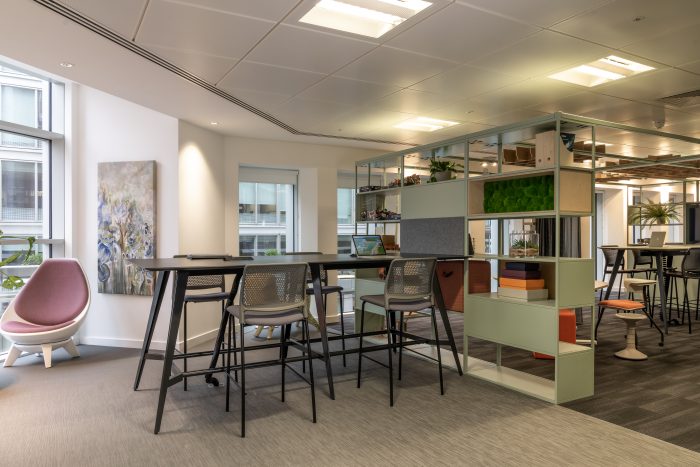
The artwork used should ideally have meaning behind it that relates back to the company’s values or history and instils a sense of pride for those working in the vicinity. The décor should also reflect this, but at the same time incorporate biophilia by using natural materials such as wood, or a variety of greenery from desk plants to a living wall.
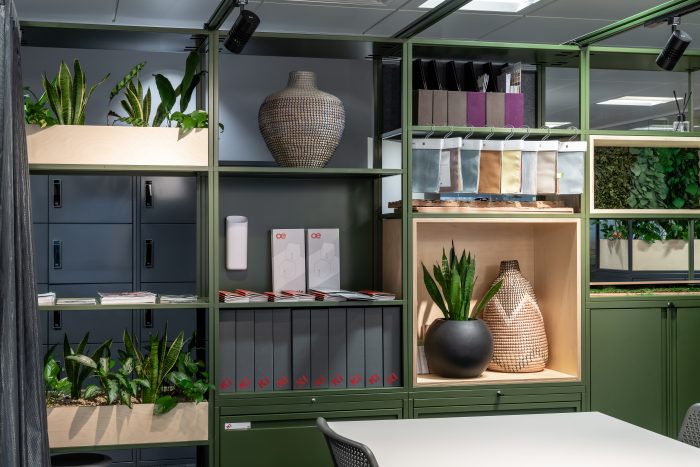
Incorporating natural colours and materials is a proven way to create a more calming and relaxing environment as it reminds people of the beauty of nature despite being in an urban space. The use of furniture that is Indoor Advantage™ gold certified, such as KI’s UK manufactured products, may also have a positive impact on people’s performance and wellbeing as they can help to reduce pollutants in the air.
However, air quality is only one side of the coin; you must also think about temperature. An office that is either stuffy and hot, or freezing cold are going to have a distinctly negative effect on those in that environment.
Bad lighting in the workspace may also have a negative impact on wellbeing. Poor lighting can cause headaches and eyestrain. Allowing more natural light or using LED lights may help; LED’s emit little to no UV and contain no mercury. With regard to PC monitors, blue light filters may help to reduce eyestrain – these can be activated in your computer’s settings or downloaded separately.
Overall, it’s clear to see that implementing positive wellbeing practices isn’t a ‘one size fits all’ kind of deal, but that there are many different practices that can be adopted to better suit your company’s needs and create a more enriching and considerate environment.
– Jonathan M. Hindle, Managing Director & President – EMEA, KI
Contact KI Group through BCFA Product Finder.
The BCFA Product Finder is a unique search engine created especially for interior designers to source contract furnishing companies. Utilising this platform will support your findings for upcoming projects, with over 200 members profiles showcasing the latest product launches, new materials available, industry news and design trends.





